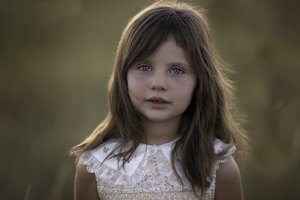
Child Trafficking Statistics
ERASE Child Trafficking is a non-profit organization in the U.S. that is dedicated to helping victims of child trafficking. ERASE helps protect children from trafficking situations first through public education – teaching families, organizations, law enforcement, and the community about how they can spot and prevent trafficking. We advocate for children recovered by law enforcement or have escaped from their trafficker and help them reclaim their life.
What is child trafficking?
Child trafficking is a form of modern-day slavery that might involve hard labor, servitude, sex work or other services. The legal definition of sex trafficking is “the recruitment, harboring, transportation, provision, obtaining, patronizing, or soliciting of a person for the purposes of a commercial sex act, in which the commercial sex act is induced by force, fraud, or coercion, or in which the person induced to perform such an act has not attained 18 years of age”. Domestic minor sex trafficking (DMST) is the commercial sexual exploitation of American children within U.S. borders. It is the “recruitment, harboring, transportation, provision, or obtaining of a person for the purpose of a commercial sex act” where the person is a U.S. citizen or lawful permanent resident under the age of 18 years. (read more: What is Child Trafficking?)
Where does it happen?
Child trafficking is not an issue that occurs only in poverty-stricken nations or underdeveloped areas of the world. It happens in our own backyard, to our neighbors and our children's friends from school. It's been shown that “at-risk youth” are particularly vulnerable targets for traffickers, but other children, simply put themselves at risk online seeking acceptance. No one is immune to becoming a victim of trafficking, if your child has access to the internet then they are at risk. Traffickers are experts at exploiting children's vulnerabilities and can lure a child away without ever having to use force. (read more: Child Trafficking Victims)
Who are the victims?
Statistics show that 46 children in America are taken and sold into slavery per day. Who are these children? Are they criminals and runaways, vagrants and orphans? The truth is that traffickers do not discriminate when it comes to who they choose to target. Trafficking occurs in poor neighborhoods and affluent suburbs, urban centers, and rural areas. No child, family or community is without the need for awareness and protection when it comes to avoiding the terrible effects of child trafficking. (read more: Child Trafficking Statistics)
Where do these children go?
What happens to a child once they've been forced into a trafficking situation? Some are immediately put on airplanes and sent to other countries. Others are sent to meet demand in cities and states around the US. Sending stolen children to other areas also helps traffickers avoid the possibility of the children being recognized locally. As a result, many traffickers will operate at airports and other transportation hubs where they can take a child and be miles away within minutes. (read more: Child Slaves)
